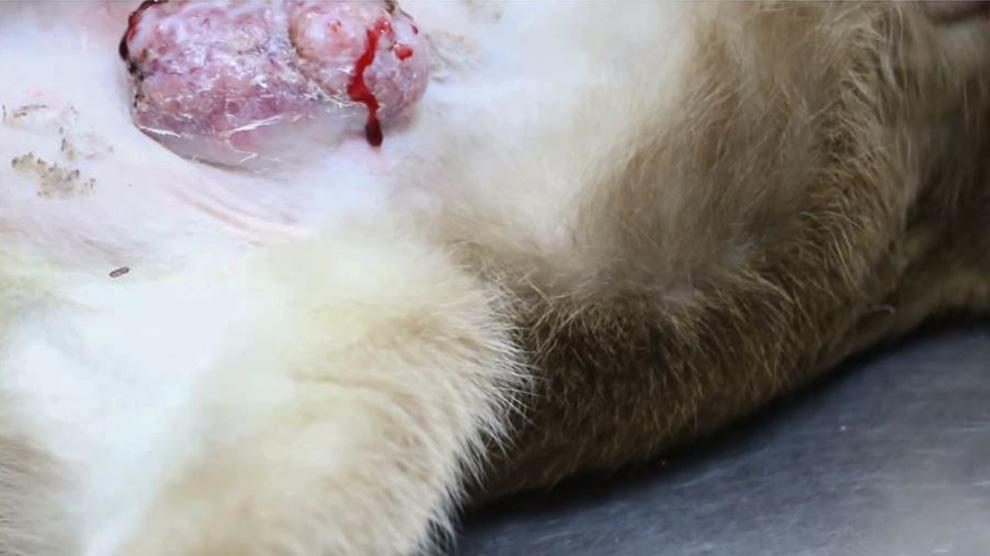Hemangio means blood vessels and the pericyte is one of the kind connective tissue in cats. Hemangiopericytoma in cats refers to blood vessel cells cancer in cats (metastatic vascular tumour growing from the pericyte in cats).
A pericyte is a complete non-specialized cell. Completely described as the embryonic cell, the main role of this cell is to regenerate new tissue.
In this manner, the pericyte can be damaged due to bad cell division, and at times it can create a tumour. Hemangiopericytoma does not usually spread or affect the entire body, it can still grow rapidly at the place of origin.
As time rolls by, this tumour grows big enough until it has covered the entire space and damages the nearby organs. Being a rare tumour, this tumour requires immediate treatment before it reaches gigantic proportions.
Cancer In Cats Symptoms
- Slow mass growth is witnessed on the limbs.
- Very speedy growth due to a variant tumour.
- In certain cases, mass can be seen on animal’s trunk.
- A small bump can appear as a coloured segment, or as a sore, or as an ulcer too.
Causes Of Hemangiopericytoma
Believed to be genetically passed, the exact cause of hemangiopericytoma still remains under study.
Diagnosis
- Provide complete information about your cat until the appearance of symptoms.
- The vet will now carry out certain test including urinalysis, biochemistry profile, a total blood count, and lab tests.
- Biopsy test will determine the exact course of further treatment.
- Other tests for a complete diagnosis include MRI or CT scans.
- These tests will now determine the next course of action.
Treatment
Immediate and proper surgical removal of the affected area with some nearby tissue remains the number one treatment in most cases. After removing the tissue, it will be checked by a pathologist for complete evaluation. Radiation therapy works well with this disease.
In the coming years, the tumour can regroup because hemangiopericytoma has a good rate of recurrence in cats. The doctors may remove the limb or provide radiotherapy or give no treatment at all depending on the cat’s age.
If the cat is very young, then the first two options are duly considered.
Cats Living with Cancer
The total survival rate largely depends upon other factors such as the aggressiveness of treatment or surgery and the size of a tumour.
Absolutely, a cure looks inevitable in cats that have undergone aggressive and immediate surgical cleaning of a tumour. Due to its high recurrence frequency, hemangiopericytoma needs continuous evaluation and radiotherapy visits.
Post recovery management includes prescribing painkillers and keeping the cat in a calm and quiet place. The most important thing is that the cat should not be left alone. All said and done, affection plays a vital role in the timely recovery of your cat.











